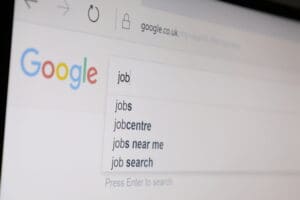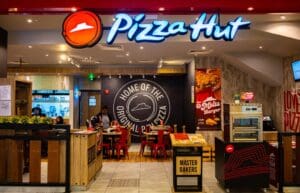Labour is facing calls to rethink its manifesto pledge to abolish lower minimum wage rates for young workers amid warnings that nearly one million 16- to 24-year-olds are now out of education, employment or training.
A new report from the Resolution Foundation shows that the number of so-called “Neets” has surged by 195,000 in the past two years, reaching 940,000 — the highest level in more than a decade and on track to exceed 1 million for the first time since 2012.
The thinktank argues that scrapping youth minimum wage tiers could risk “pricing out” young people from entry-level roles at a time when employers are already scaling back hiring due to rising labour costs.
Labour’s election manifesto committed to ending what it described as “discriminatory” lower pay bands for workers under 21. The process began in April when Chancellor Rachel Reeves implemented a 16.3% rise in the minimum wage for 18- to 20-year-olds, lifting it to £10 an hour — well above the 6.7% increase for workers aged 21 and over, now paid £12.21.
However, the Resolution Foundation warns further convergence could push businesses to reduce hiring or prefer older candidates with more experience, particularly during economic uncertainty.
“Any increases in the rates would need to be especially cautiously considered in the current economic environment to prevent young people from being priced out of entry into the labour market,” the report said.
The report also highlights a shift in the reasons young people are becoming Neet. Ill health and disability have become increasingly prominent factors, with over 25% of young Neets now inactive due to sickness — more than double the rate in 2005.
Once driven largely by caring responsibilities, particularly among young women, unemployment is now the leading cause of young people disengaging from work or study across both genders.
Business groups have cautioned that recent policy changes have increased hiring costs, citing Reeves’s £25bn increase in employer National Insurance contributions in last year’s Autumn Budget, rising minimum wages and expanded employment protections.
They argue that further mandated wage increases for young workers could reduce apprenticeship and trainee opportunities at a time when employers are becoming more selective.
In response to growing alarm over the labour market fallout, Reeves recently announced a new “youth guarantee” at the Labour Party Conference in Liverpool, promising every young person access to education, skills training or employment support.
The government is also piloting “trailblazer” employment schemes in eight English mayoral regions to better connect young people to work and training.
Louise Murphy, senior economist at the Resolution Foundation, said stronger interventions were urgently required:
“Otherwise, we risk a cohort of young people slipping through the cracks into a lifetime of lower living standards.”
A government spokesperson defended its policy direction, stating: “By strengthening the national living and minimum wage for 3 million workers across all age bands, we aim to support business growth through reduced staff turnover and higher productivity.”
With youth disengagement climbing and employers warning of cost pressures, Labour faces a policy crossroads: proceed with full wage equalisation, risking job losses — or reassess its approach to ensure wage growth is matched by expanded entry-level opportunities.
The balance it strikes could shape the youth labour market for a generation.
Read more:
Labour urged to reconsider scrapping youth minimum wage rates as ‘Neet’ numbers near 1 million










